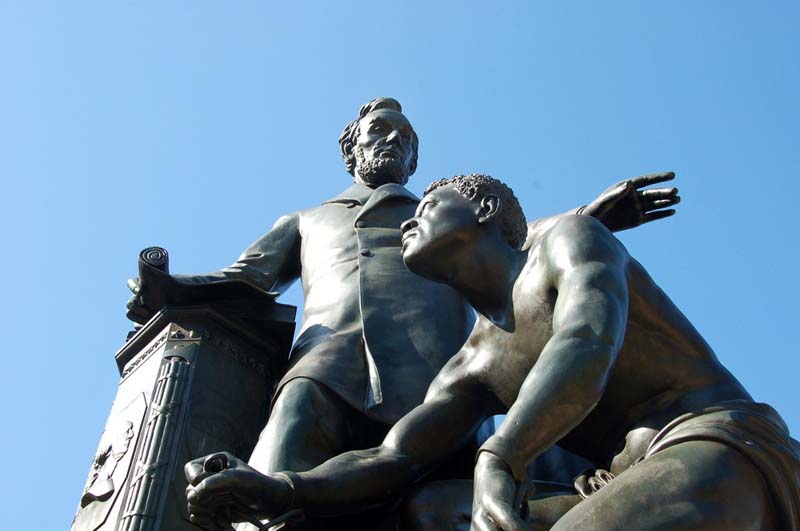-
Membership
Membership
Anyone with an interest in the history of the built environment is welcome to join the Society of Architectural Historians -
Conferences
Conferences
SAH Annual International Conferences bring members together for scholarly exchange and networking -
Publications
Publications
Through print and digital publications, SAH documents the history of the built environment and disseminates scholarship -
Programs
Programs
SAH promotes meaningful engagement with the history of the built environment through its programsMember Programs
-
Jobs & Opportunities
Jobs & Opportunities
SAH provides resources, fellowships, and grants to help further your career and professional life -
Support
Support
We invite you to support the educational mission of SAH by making a gift, becoming a member, or volunteering -
About
About
SAH promotes the study, interpretation, and conservation of the built environment worldwide for the benefit of all
SAHARA Highlights: Dell Upton’s Washington, DC
Dec 9, 2020
by
Jacqueline Spafford and Mark Hinchman, SAHARA Co-Editors
At the close of the 2020 election cycle, it is timely to take a look at the capital city’s monuments. Dell Upton is SAHARA’s premier contributor in terms of the number of his photographs, and his output is notable in its quality, and the research behind it. He has spent a great deal of time walking Washington’s streets, looking and photographing buildings famous and less famous. The plan of Washington DC is noteworthy because it is unlike any other American city. In 1791, Pierre Charles L’Enfant developed an orthogonal grid over which he laid a series of diagonal grand avenues. It took centuries to fill in the blocks that L’Enfant envisioned. Some buildings featured here stand at the nodes where axes and vistas intersected, such as the Capitol and the Washington Monument. Others were designed sympathetic to the founding architects’ original intentions, such as John Russell Pope’s Jefferson Memorial. I.M. Pei’s National Gallery is in the brutalist canon, but its triangular shape derives from the angled intersection of avenue and grid. Norman Foster’s imaginative update of the Smithsonian American Wing brings parametricism to a classical building. Freedom’s Memorial is problematic; although it was designed with the best abolitionist intentions, many find it offensive, although it has its supporters. Whether you travel or stay close to home during this holiday season, please consider contributing to SAHARA.
To see more SAHARA content: sahara.artstor.org/#/login
To learn more about contributing, visit: sah.org/sahara
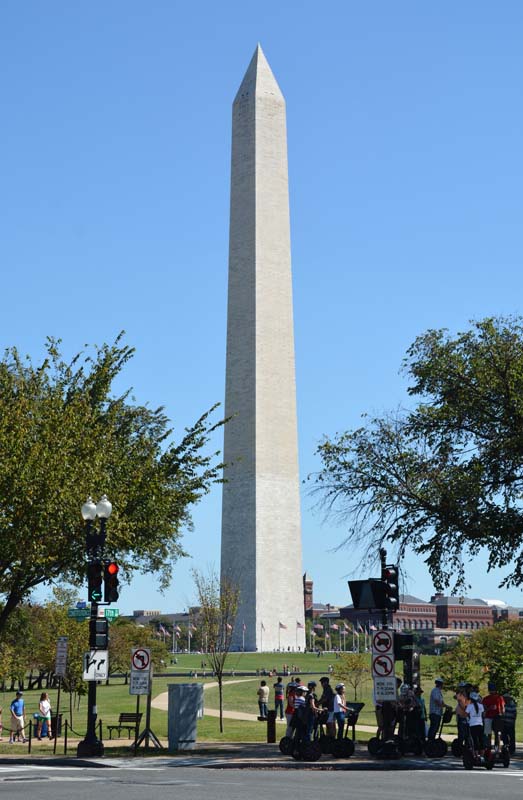
Robert Mills and Thomas Lincoln Casey. Washington Monument. Washington, DC, 1836-1885. Photograph by Dell Upton, 2014.
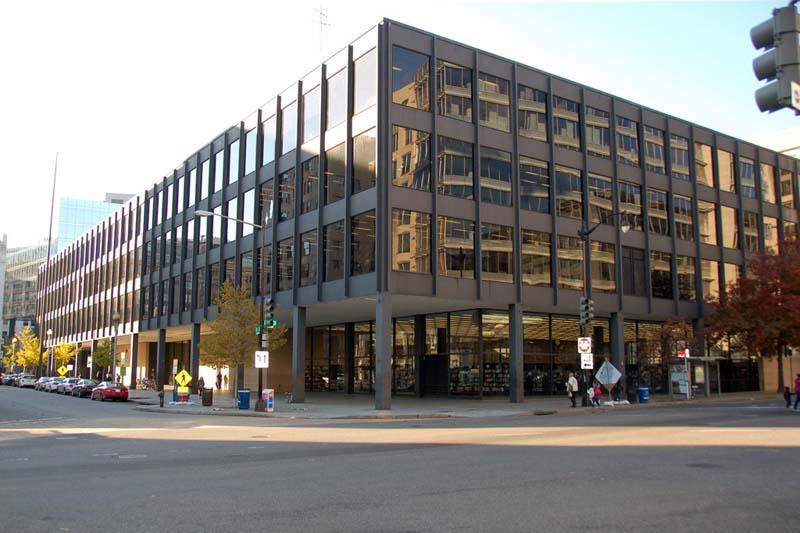
Mies van der Rohe. Martin Luther King Jr. Memorial Library. Washington, DC, 1972. Photograph by Dell Upton, 2013.
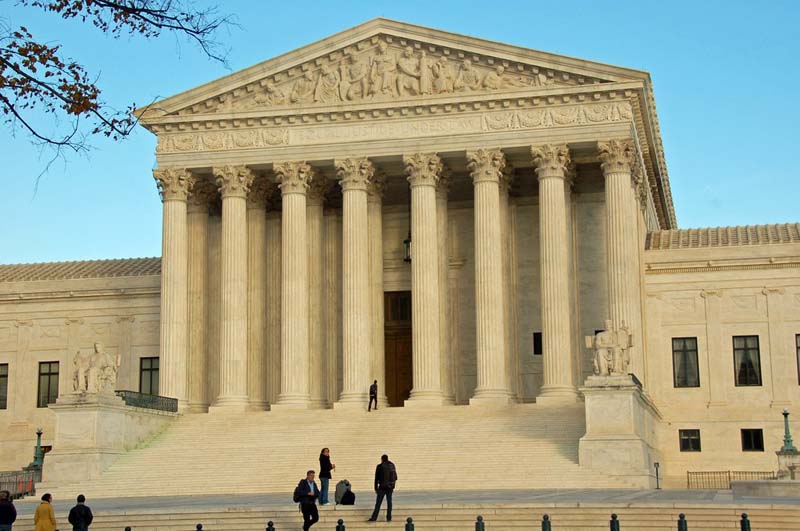
Cass Gilbert and Cass Gilbert, Jr. United States Supreme Court. Washington, DC, 1935. Photograph by Dell Upton, 2013.
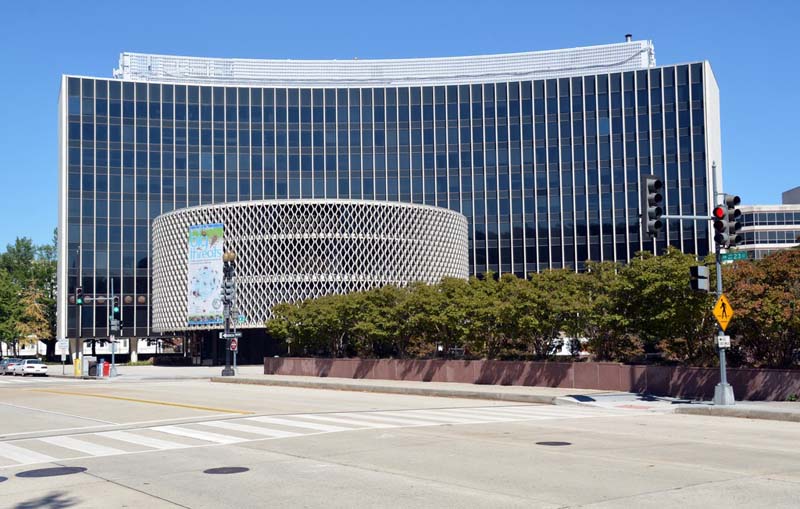
Roman Fresnedo Siri. Pan American Health Organization. Washington, DC, 1965. Photograph by Dell Upton, 2014.
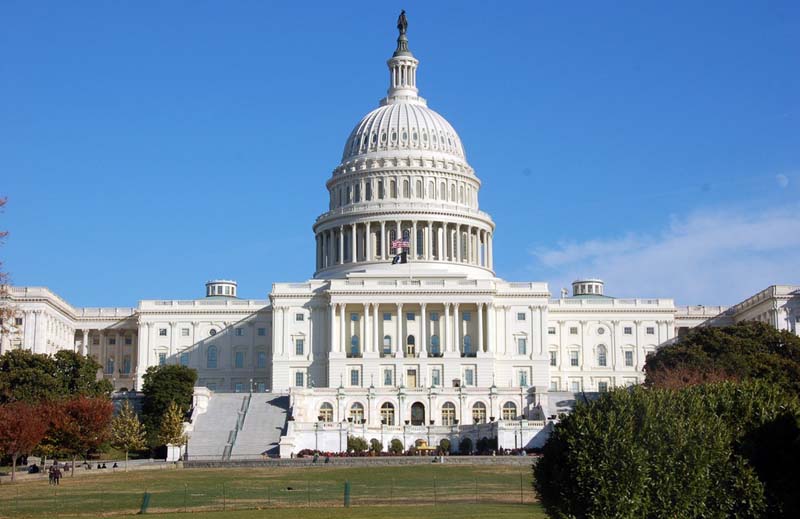
William Thornton, James Hoban, Benjamin Henry Latrobe, Robert Mills and Thomas Ustick Walter. The United States Capitol. Washington, DC, 1793-1865. Photograph by Dell Upton, 2013.
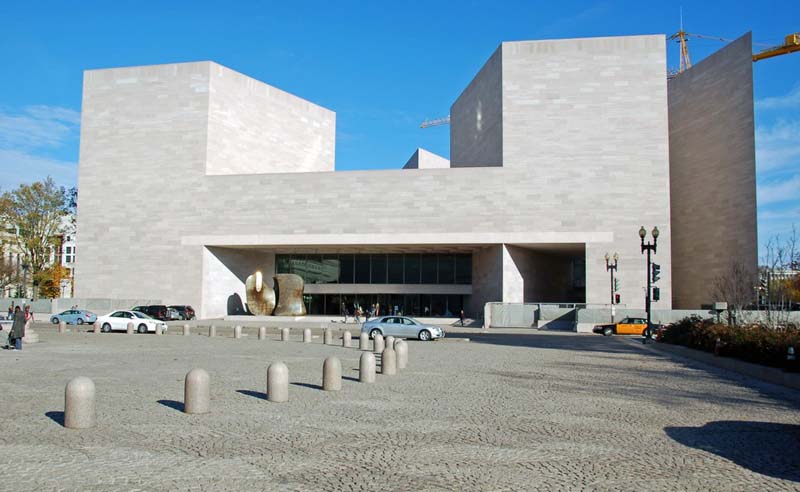
I.M. Pei. National Gallery of Art. Washington, DC, 1978. Photograph by Dell Upton, 2013.

George Hadfield. Old City Hall. Washington, DC, 1820-1853. Photograph by Dell Upton, 1988.
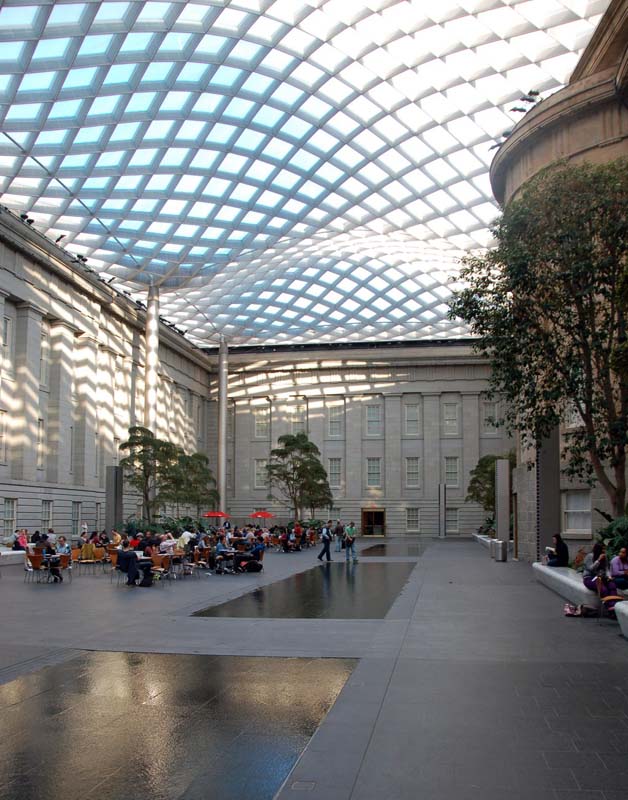
Robert Mills, Thomas Ustick Walter, and Norman Foster. Smithsonian American Wing. Washington, DC, 1836-2007. Photograph by Dell Upton, 2013.
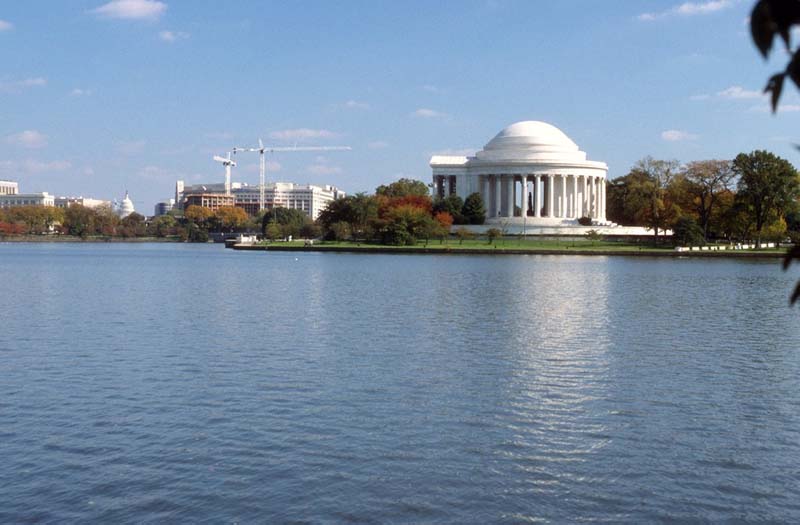
John Russell Pope. Jefferson Memorial. Washington, DC, 1943. Photograph by Dell Upton, 2002.
